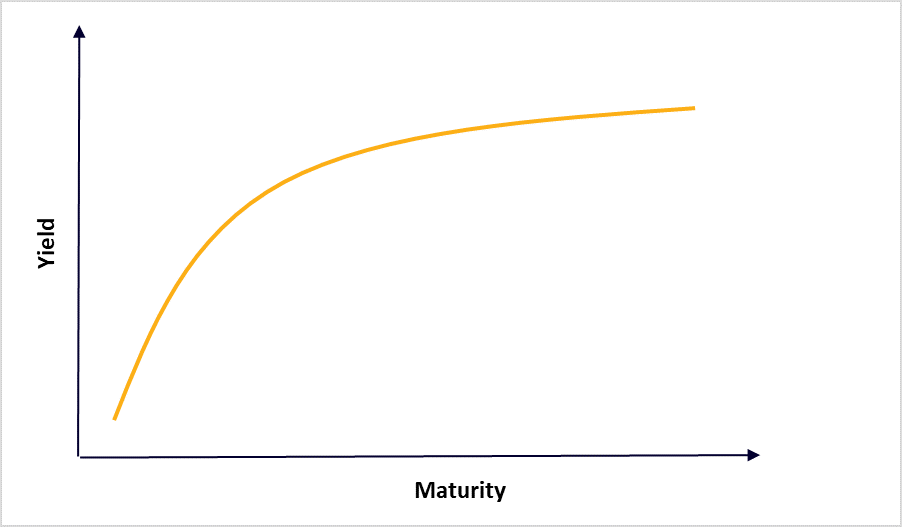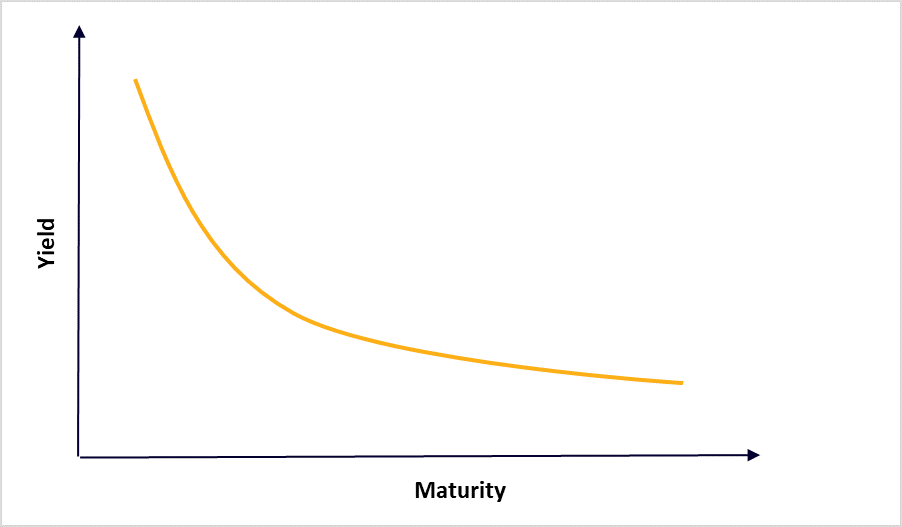Obi Wan Kenobi wasn’t talking about the yield curve when he uttered these words, but his sense of foreboding has parallels with some of the commentary over the weekend in respect of the dreaded yield curve inversion.
Without doubt, you will read and hear about this inversion over the coming days and it will be used to explain why equity markets have fallen. Aside from economic boffins and market participants (yes, I fall into both categories) most people do not have a clue what a yield curve inversion is and why it is significant. This short article will try and demystify the event.
Whether you have studied economics or not, we all understand the importance of interest rates. Most of us have had a home loan at some stage and we know that as interest rates go up, it starts to hurt and slows down the economy. As interest rates fall, those with loans are better off and those trying to live off savings hurt as the return dwindles.
We also know, intuitively, that if we invest in short term accounts the interest rate is usually lower than if we were to lock away our money for say a five-year term. The fact that longer-term interest rates are usually higher simply reflects a normal yield curve.
Normal Yield Curve

Conversely, an inverted yield curve occurs when the shorter-term interest rates are higher than the longer-term interest rates as shown in the following graph.
Inverted Yield Curve

In the latter scenario the bond market is expressing its concern about the future strength of the economy and the direction of interest rates. Essentially, it’s saying that the economy is slowing to the point where interest rates will be cut in the future to support economic growth. This is significant as all recessions in the post war era have been pre-empted by a yield curve inversion.
Is a recession about to hit?
The answer is a resounding – perhaps! While it is true to say that all recessions have seen a yield curve inversion it is not correct to say all yield curve inversions have eventuated in a recession. The critical factor is how long the pattern persists.
Inversions can occur over very short periods (less than two months) and then switch back if say a central bank cuts interest rates or the relevant government announces some form of stimulus to kick start the economy. In these cases, a recession is usually avoided though the economy does slow.
Where the inversion lasts longer (usually at least three months) there is a much higher chance of a recession. Where a recession does eventuate, it has traditionally occurred between 12 and 24 months after the emergence of an inverted yield curve.
At this point, we need to stress that the inversion between the 3-month and 10-year US interest rates has just occurred and it’s just one of many recession indicators that we watch. We also must factor in the many unprecedented economic experiments we have witnessed since 2008 which adds to the complexity.
It is fair to say though that the global starting position is worse than 2008, we have lower interest rates (less ability to cut), more debt on central bank balance sheets, more corporate debt and a possible trade war. So, if the current economic environment continues to slow, we may see some more funky strategies on the part of central banks.
For some time now we have been saying that we are in the last quarter of the economic cycle and this inversion is one more indicator confirming this belief. We continue to discuss these events with our clients and position portfolios accordingly.
Andrew Aylward is Chief Investment Officer at Keep Wealth Partners.
Keep Wealth Partners Pty Ltd (AFSL 494858). This information is of a general nature only and may not be relevant to your particular circumstances. The circumstances of each investor are different and you should seek advice from a financial planner who can consider if the strategies and products are right for you.







